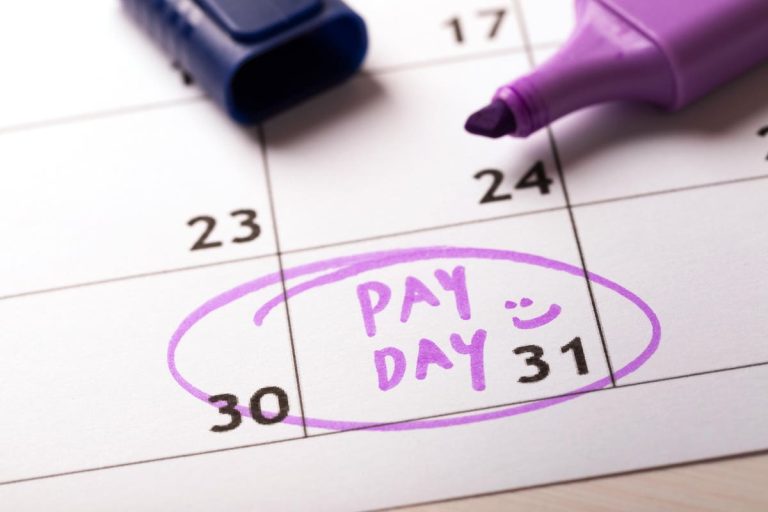A lot of Americans still struggle when it comes to managing their money. According to a recent LendingClub report, 64% of the U.S. population was living paycheck to paycheck. And that applied even to 48% of Americans with annual incomes of more than $100,000!
The average unexpected emergency expense runs about $1,700, according to a new report co-authored by PYMNTS and LendingClub. What’s worse, the Federal Reserve’s 2022 Economic Well-Being of U.S. A Household report found that just 54% of adults had three months of emergency savings and recent data from Northwestern Mutual reveals that 43% of Americans cite outliving savings as a major retirement concern.
If any of these grim statistics apply to you – and you are worried about running out of money – I suggest some steps you can take now to help find your way to financial security.
Step 1: Create goals and priorities: Figuring out your future goals (long and short term) and your priorities is the first step in managing your money. Acknowledging that you need priorities is the second step! Short-term goals to reach in the next year or so: Build an emergency fund that can cover at least three months of living expenses. Look at paying off credit card balances. Longer-term goals: Saving for retirement, buying a home, college for kids, and retirement.
Step 2: Agree on goals with your partner: Couples who take a team approach to their finances are more likely to achieve their goals. Doing a monthly budget together and talking about it regularly are the first steps in making that a reality. Be open about your credit cards and finances. You need to know what direction you want your financial lives to take before crafting a budget.
Step 3: Live below your means and start a budget: Budgets are a critical tool for helping you eventually not live paycheck to paycheck and be more equipped to actively save. Now is a good time to start living below your means to reduce your expenses. Take a hard look at what you really need and what you can live without. Can you wait longer between salon hair colorings or pedicures? Do you really need those lunches out? Or to order takeout nearly every night? There are three basic steps to setting a budget: identifying how your money is being spent; evaluating those expenses to see how they mesh with your financial priorities and cutting or tracking your ongoing expenses to see that you stay within those guidelines.
Step 4: Make it easy to track spending: We at SungroupWP have a great budget form on our website. Google Spreadsheet and Microsoft Excel also offer ways to keep a budget. I like my credit card company’s free apps that help detail all my spending, but if you need some more to consolidate all your expenses, some of the most popular apps include Intuit’s Quickbooks, Quicken, Mint, PocketGuard, GoodBudget, Unsplurge, and Wally.
Step 5: Stop splurges before they start: Nothing springs a leak in a budget faster than those unplanned last-minute little splurges that soon add up to a tidal wave. So don’t go to a grocery store when you’re hungry—or order online and go for pickup only to cut down on temptation. Compare your grocery list to what’s already in your refrigerator, freezer, or pantry. Use what you have before buying more.
Step 6:Take advantage of opportunities to save: If you are working from home, you should be saving big time in commuting costs, clothing, business lunches and conferences, and the like. You might consider ditching one of your family’s cars and save on insurance, repairs, and gas.
Step 7: Bring in additional income: Many have found a second job is a necessity, either for their finances or for their psyche. Identify side jobs you might be interested in, question people who do them, and look at salary rates using Glassdoor, Payscale or Salary.com. Explore online listings, job ads, and referrals from clients. Find other ways to bring in additional income – get creative. There are lots of ways in today’s gig economy to bring in some side income, even remotely.
Read the full article here









